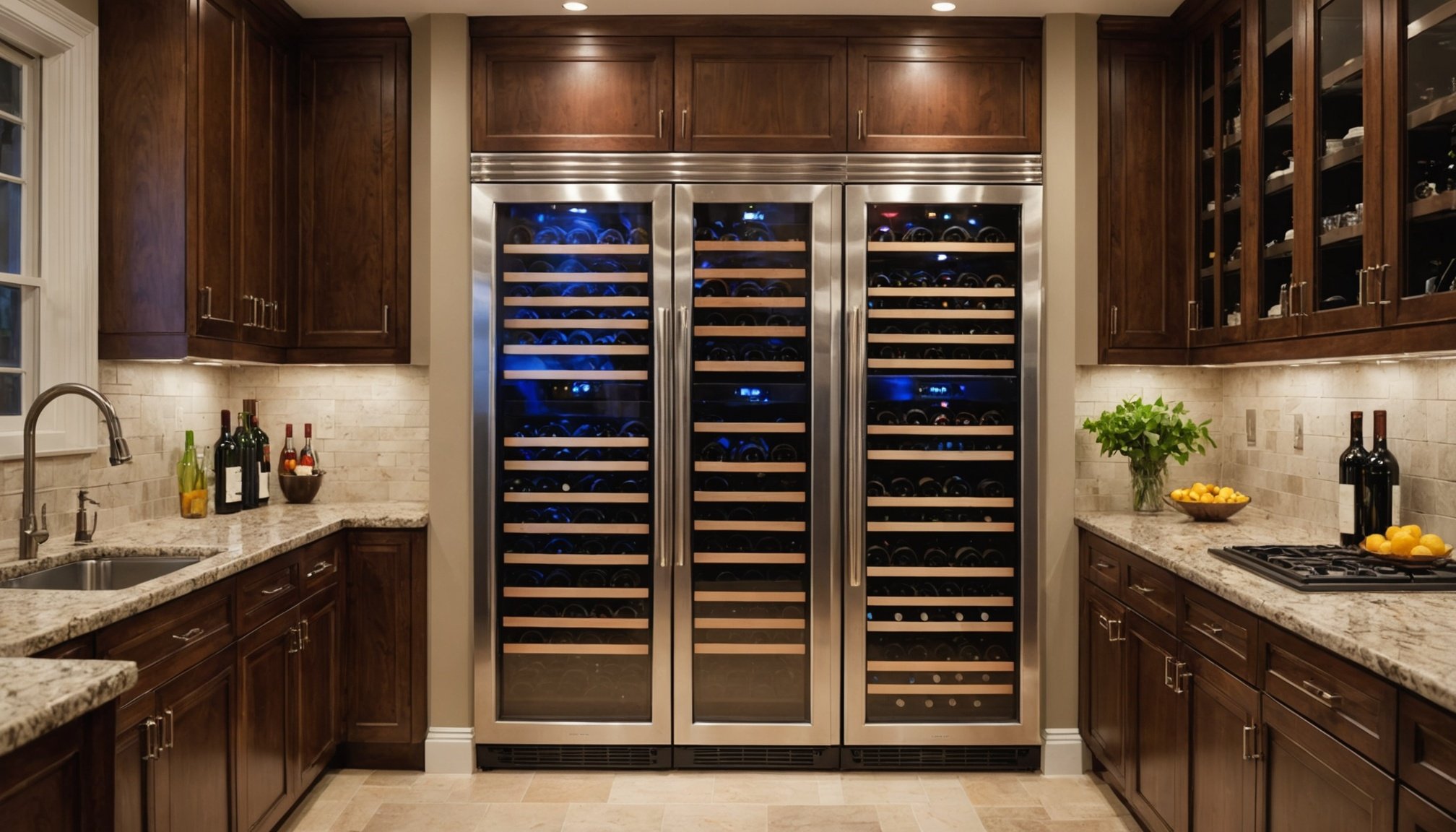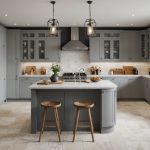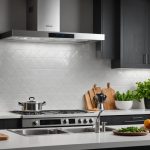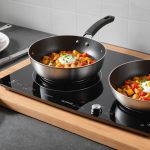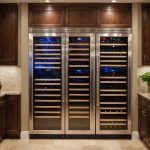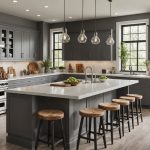Understanding Wine Cooler Benefits
Wine coolers offer numerous advantages for wine enthusiasts who seek to preserve their valuable collections. One of the primary benefits of wine storage is its ability to maintain a consistent temperature and humidity level. This preservation is crucial in retaining the flavour and quality of wine over prolonged periods. Without a wine cooler, wines are subject to room temperature fluctuations, which can potentially spoil their contents.
Beyond preservation, wine coolers can be an attractive addition to a kitchen, providing both functionality and aesthetic value. They come in various styles, from sleek stainless steel to elegant wood finishes, which can complement any kitchen design. By enhancing the kitchen experience, wine coolers create a sophisticated ambience that showcases one’s appreciation for wine culture.
In the same genre : Revamp your culinary oasis: an inspiring guide to modular kitchen designs for seamless upgrades
When considering space, both built-in and freestanding wine coolers offer space-saving solutions. Built-in models can seamlessly integrate into kitchen cabinetry, making optimal use of available space without sacrificing style. Freestanding units, on the other hand, offer versatility by allowing positioning in various locations around the home. This flexibility ensures that wine enthusiasts can store their collections conveniently, irrespective of their kitchen layout. Consequently, the implementation of a wine cooler not only preserves the quality of wine but also elevates the overall kitchen experience with practical and aesthetic benefits.
Ideal Wine Cooler Placement Strategies
When it comes to wine cooler positioning, understanding your kitchen layout is crucial.
Assessing Kitchen Layout
Before deciding on an optimal placement, evaluate the existing flow and accessibility within your space. Traffic flow impacts usability; thus, the location should not disrupt kitchen activities. Focal points like islands or eat-in areas can serve as ideal spots for placement, provided they allow easy access.
Integrating with Existing Features
Consider your cabinetry and appliances when integrating a wine cooler. To maintain visual harmony, match the cooler’s finishes with surrounding elements. For an aesthetically pleasing look, coordinate the color schemes to enhance the kitchen’s overall appearance. Placing the cooler near entertaining zones is practical, ensuring guests and hosts can enjoy easy access to a perfectly chilled bottle.
Considering Temperature and Environment
Temperature control is vital for wine preservation. Position wine coolers away from heat sources like ovens to maintain efficiency. Adequate ventilation around the unit prevents overheating and ensures the cooler functions optimally. Assessing ambient light conditions is equally important; too much exposure can spoil the wine. Hence, choose a spot that strikes a balance between accessibility and protection from light and heat sources.
Design Elements to Enhance Aesthetics
In the pursuit of a visually appealing kitchen, selecting the right wine cooler aesthetics is essential. A wine cooler can seamlessly fit into various design themes such as modern, traditional, or rustic. Each style involves distinct features that harmoniously integrate the cooler with the overall kitchen design.
For a modern look, sleek and minimalistic wine coolers with stainless steel finishes or glass doors create a contemporary vibe. Traditional kitchens may benefit from wooden wine coolers with rich, warm tones that complement classic cabinets and counters. Rustic designs, on the other hand, often incorporate earthy textures and colours, along with vintage-inspired features that enhance the overall charm of the space.
One of the most versatile options is custom cabinetry. Opting for bespoke cabinets allows you to either conceal or showcase your wine cooler according to your personal preference. Cabinets can be designed to match other kitchen elements, ensuring a congruent aesthetic throughout the space.
Incorporating lighting elements is another effective way to highlight your wine cooler’s design. LED lights, available in various hues, can accentuate the cooler’s construction, bringing an element of sophistication and enhancing mood within the kitchen. Stylish integration of these elements not only adds to the functionality but also elevates the kitchen’s aesthetics.
Key Features to Look for in a Wine Cooler
Selecting the best wine coolers requires understanding their functional aspects. Let’s explore the essential features to consider.
Temperature Control Options
When it comes to preserving wine, temperature control is paramount. Dual-zone coolers offer separate chambers to store different wine types, each at ideal temperatures. This feature is beneficial for those who have varied collections, accommodating both reds and whites. By contrast, single-zone coolers maintain a uniform temperature, which may suit those who focus on one wine variety. Digital temperature settings enhance precision and ease-of-use, allowing for accurate adjustments critical for proper wine preservation. Humidity control further supports wine longevity by preventing corks from drying out and keeping wines from oxidizing.
Size and Capacity Considerations
Your wine collection size and available kitchen space will influence the appropriate cooler capacity. Assessing your storage needs is crucial; larger collections demand more capacity, while flexibility features, like adjustable shelves, can maximize room. Space-efficient models come in various custom sizes, easily integrating into any kitchen layout, including smaller quarters where every square inch counts.
Energy Efficiency and Sustainability
Opting for energy-efficient wine coolers not only supports sustainable living but also reduces electricity costs over time. Look for high energy ratings to ensure minimal environmental impact and savings. Eco-friendly cooling technologies, such as thermoelectric cooling, further minimize carbon footprint, making them a wise choice for conscientious consumers.

